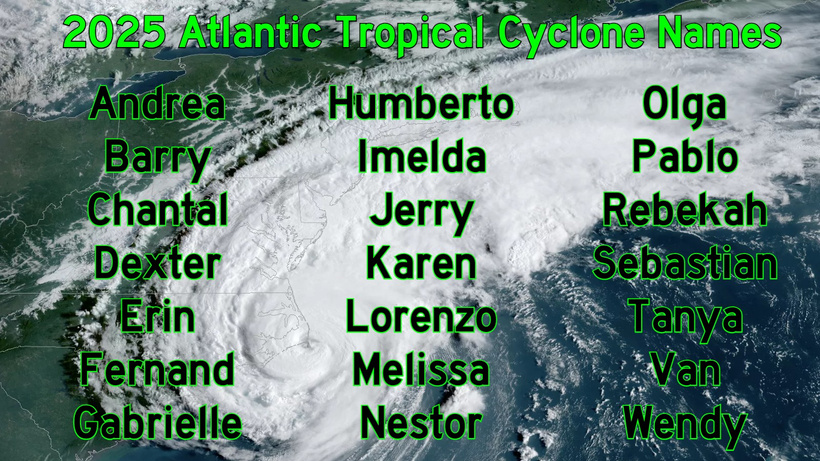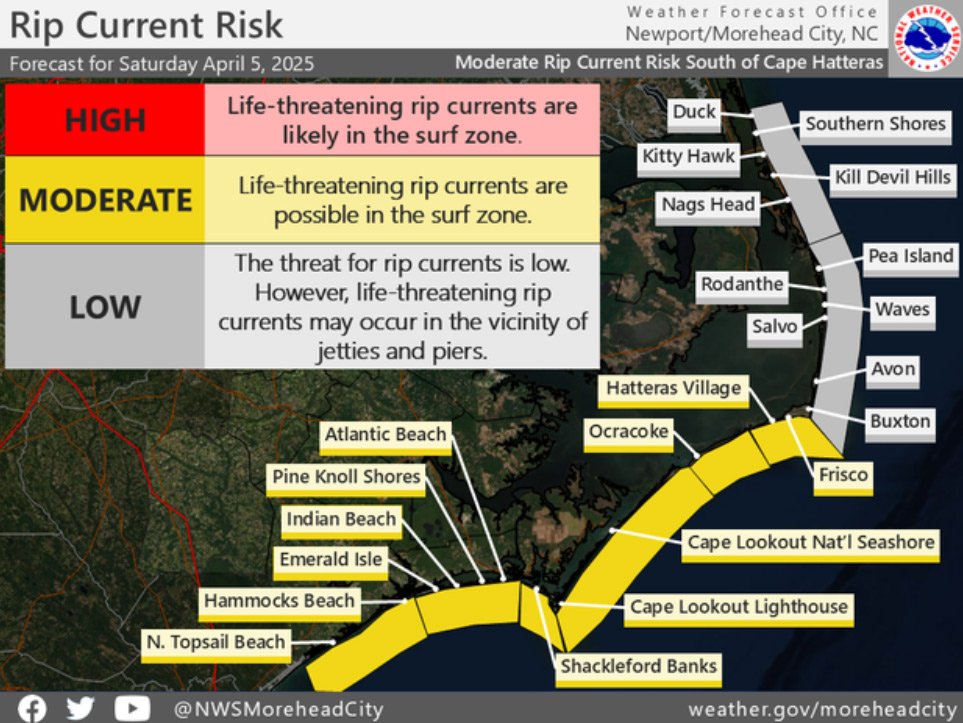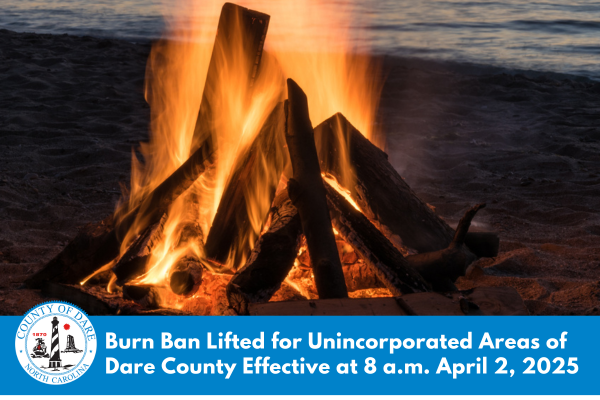DOT presents plan for permanent bridge over Pea Island Inlet
When Hurricane Irene ripped an inlet through the south end of Pea Island and tore up the road in Rodanthe, transportation officials were forced to move up their schedule for long-term solutions to those irksome hot spots on Highway 12.
Plans for a permanent bridge over the Pea Island Inlet are the subject of public hearings that will be held this week in Manteo, Rodanthe, and Ocracoke by the state Department of Transportation. The public will be able to review the plan and accompanying maps, ask questions and make comments.
North Carolina Secretary of Transportation Tony Tata will attend the Manteo hearing on Monday, March 11. He will give a brief talk from 7 to 8 p.m. and take questions.
Additional hearings will be scheduled in the summer to discuss the Rodanthe breach.
Officially, the Pea Island bridge is considered Phase II of the Herbert C. Bonner Bridge replacement project. Before Hurricane Irene damaged the highway, the work was expected to be done in the future, preferably after the new Oregon Inlet bridge was completed. A coastal monitoring program on Hatteras Island between Oregon Inlet and Rodanthe was to determine the nature and timing of future project phases.
But the storm’s cut in the road forced NCDOT to adjust the planning.
Last month, an environmental assessment was released that describes the preferred alternative for Pea Island and the numerous studies involved in the decision. It will be the first project in Phase II, and barring delays associated with the Bonner lawsuit, both bridges will be constructed concurrently.
The document also discusses about how much the environment on Highway 12 has changed since the Bonner project Record of Decision was released in 2010.
In November 2011, aerial photographs showed that Pea Island Inlet was about 273 feet wide. In April 2012, it was 220 feet. After Hurricane Sandy in October 2012, it was about 300 feet wide.
About 100 cubic yards per foot of sand were lost in the area of the Pea Island Inlet from August 2011 to October 2011.
Data also showed that the inlet depth ranged from about 5 feet in 2011 to 12 feet in January 2012.
Other details about the proposed Pea Island bridge from the DOT report:
The permanent bridge would be about 2.1 miles long – 2.4 miles with approaches.
Construction is expected to last 3 to 3.5 years and cost $98 million, including removal of the temporary bridge.
The top of bridge deck would be about 25 feet above the mean high water line. It would be about seven feet higher over the inlet to allow traffic to be maintained on the existing bridge during construction.
It will have two 12-foot lanes with 8-foot shoulders, similar to the Bonner replacement, and a bicycle safety rail.
The public boat ramp and the public parking lot near Pea Island Inlet will be removed.
Potential beach erosion could cause the bridge to be first located over the beach, and then in the ocean, but the design accommodates future erosion.
The bridge is designed to allow the inlet to expand and migrate, and would span the entire geologic area susceptible to breaches.
Since the bridge will be built within the Highway 12 easement, a compatibility determination by Pea Island National Wildlife Refuge would not be required.
Other alternatives at the Pea Island Inlet, including road relocation and a new location for a bridge, were studied and rejected. Another option, beach nourishment, was eliminated because it would have questionable sand sources, would necessitate closing Pea Island Inlet, would provide inadequate protection to the highway and would hinder natural island processes.
The report also included updated costs for the once-proposed Pamlico Sound Bridge, better known as the long bridge, and the option favored by environmental groups because it bypasses Pea Island. Specifically, the Southern Environmental Law Center, which has sued NCDOT to stop the Bonner replacement project, contends that the long bridge would cost an estimated $553 million to $846 million, far less than the $1.4 billion that NCDOT had earlier estimated.
In DOT’s new assessment in 2012 dollars, the 17.5-mile bridge would cost between $896 million and $1.172 billion.
“This would require at least 94 percent of the projected NCDOT Division 1 budget for years 2014 to 2020,” the report said.
Alternate financing for the long bridge was also analyzed, including tolls and public-private partnerships, but found lacking.
Costs for the Bonner replacement bridge are $216 million. Construction is expected to be completed in 2015.
The public meetings will be held between 4 and 7 p.m. at:
Monday, March 11, Dare County Administration Building, Room 168, 954 Marshall Collins Drive, Manteo
Tuesday, March 12, Rodanthe-Waves-Salvo Community Center at 23186 Myrna Peters Road, Rodanthe
Wednesday, March 13, from at the Ocracoke Community Center
Citizens can drop in at any time during the scheduled times to look at maps and ask NCDOT staff questions about the project. The public is urged to share their thoughts, ideas and suggestions.
For those who cannot attend in person, NCDOT will field questions and comments via the N.C. 12 Facebook page (www.facebook.com/NCDOT) and N.C. 12 Twitter account (https://twitter.com/ncdot_nc12) during the hours of the Manteo and Rodanthe meetings.
Written comments on the EA must be submitted to NCDOT by Thursday, March 28, 2013. Comments should be sent to Drew Joyner, Human Environment Section, NCDOT, 1598 Mail Service Center, Raleigh, NC 27699-1598 or to djoyner@ncdot.gov.
The Environmental Assessment and project maps are available for public review online at www.ncdot.gov/projects/bonnerbridgephase2/, as well as at the following locations:
Dare County Planning and Inspections Satellite Office 49815 N.C. 12, Buxton
NCDOT Resident Engineer’s Office at 349 Waterplant Road, Unit B, Manteo;
Dare County libraries in Manteo, Kill Devil Hills, and Hatteras
Fessenden Recreation Center in Buxton
Ocracoke School and Community Library
For additional information, citizens can call the project’s toll-free number at 1-866-803-0529 or contact Drew Joyner, P.E., NCDOT-Human Environment Section at 1598 Mail Service Center, Raleigh, NC 27699-1598, by phone at (919) 707-6077 or by email at djoyner@ncdot.gov.













